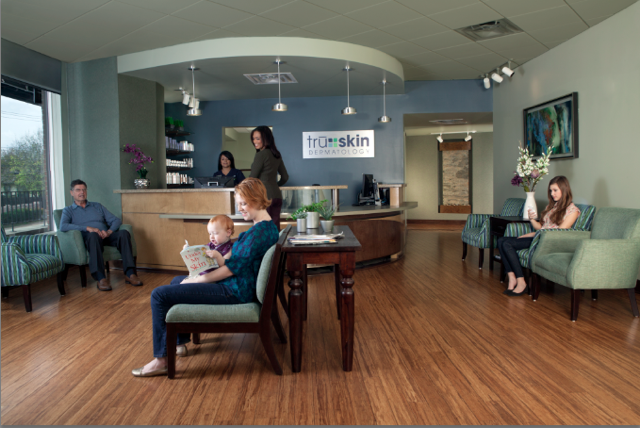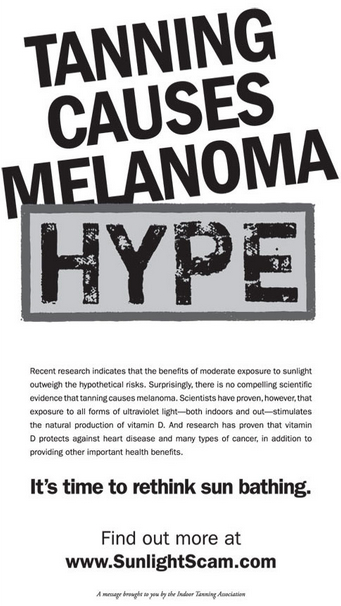OTC Vitamin Lowers Non-Melanoma Skin Cancer Risk
/Can a simple vitamin taken in conjunction with sensible sun protection significantly lower the risk of common, non-melanoma skin cancer in high-risk patients?
A recent study completed at the University of Sydney and Royal Prince Alfred Hospital in Australia supports this claim. Senior author and professor of dermatology Dr. Diona Damian found evidence that skin cancers may be reduced with a year of treatment of nicotinamide.
A type of vitamin B3, nicotinamide is considered to be safe and affordable and is available in most countries as an over-the-counter drug. The study showed that nicotinamide was very well tolerated with no difference in adverse events, blood results, or blood pressure.
Nicotinamide differs from nicotinic acid and niacin, two other forms of vitamin B3. Nicotonic acid commonly causes headaches, flushing, and low blood pressure, but these side effects are not seen with nicotinamide.
Previous studies suggest that nicotinamide enhances the repair of DNA in skin cells damaged by sunlight. Additionally, nicotinamide appears to protect the skin's immune system from UV radiation by providing skin cells an extra energy boost when they are in repair-mode after sun exposure.
Skin cancer is known to be the most common form of cancer in fair-skinned populations in the world and it is considered to be four times as common as all other cancers combined. More than half of the population of Australia is affected by non-melanoma skin cancer.
Non-melanoma skin cancer is caused by sun exposure. The 386 participants involved in Dr. Damian’s study had a history of skin cancer, increasing their risk for additional skin cancers.
The patients were asked to take the pill twice-daily pill for a period of 12 months. Nicotinamide reduced the incidence of new non-melanoma skin cancers by 23%, relative to placebo controls, and cut the incidence of pre-cancerous sun spots by around 15%.
The average number of actinic keratoses (pre-cancerous sun spots) in the nicotinamide group was consistently lower during treatment, ranging from an 11% reduction at three months, to a 20% reduction at nine months.
Dr. Damian hopes that these findings can be immediately translated into clinical practice. However, she adds that people who are at high risk of skin cancer still need to practice sun safe behavior, use sunscreens, and have regular check-ups with their doctors.
More about this on: http://www.sciencedaily.com/releases/2015/10/151021185104.htm











